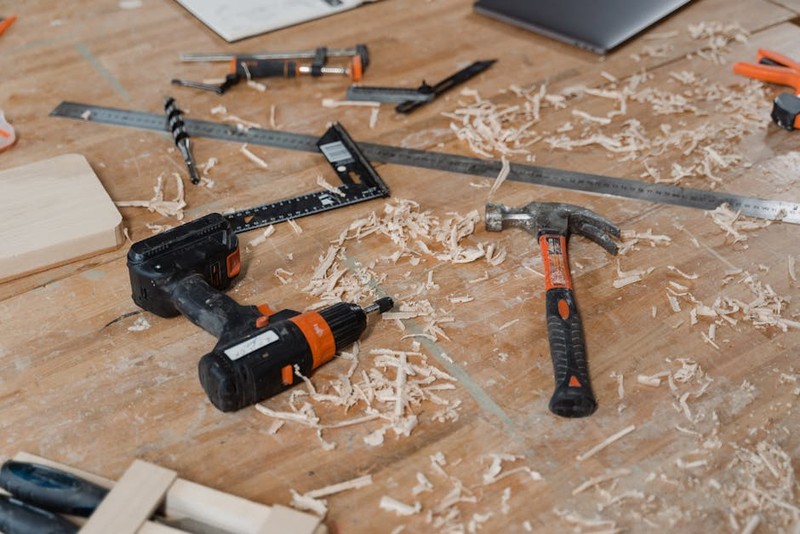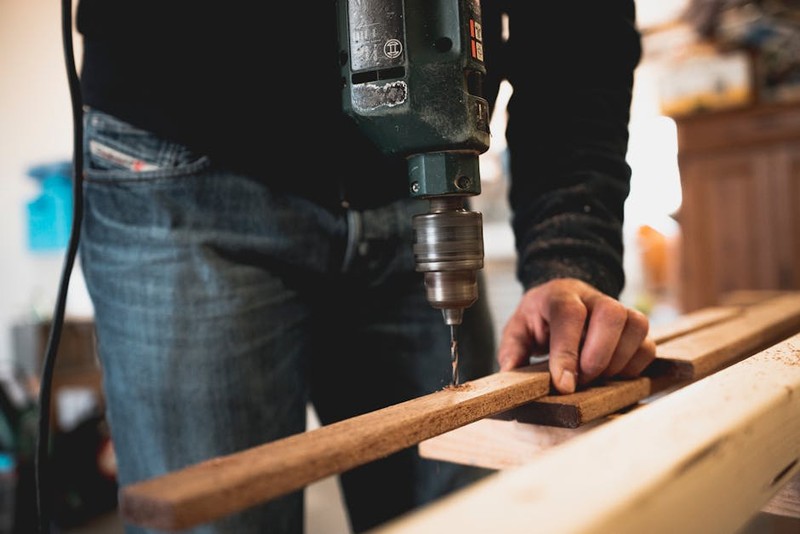The Hidden Challenge: Why Precision Drilling Isn’t Just About the Drill Bit
In industrial machinery, a hole isn’t just a hole. A 10mm bore in a turbine component or hydraulic valve body must meet tight positional accuracy, surface finish, and cylindricity specs—often while machining materials like Inconel or tool steel. The biggest misconception? Assuming high-end equipment alone guarantees precision. In reality, success hinges on controlling four often-overlooked factors:
1. Tool deflection: Even rigid carbide drills flex under load, causing bore deviation.
2. Thermal expansion: Heat from drilling can distort parts mid-process, scrapping expensive workpieces.
3. Chip evacuation: Poor chip clearance leads to recutting, tool wear, and surface defects.
4. Vibration harmonics: Resonant frequencies in deep-hole drilling amplify errors exponentially.
A Case Study in Aerospace: Drilling 0.008mm-Tolerance Cooling Channels
For a jet engine combustor project, we faced a nightmare scenario: 36 cooling holes in Hastelloy X, each requiring ±0.008mm positional tolerance after heat treatment. Initial trials had a 30% scrap rate due to tool drift. Here’s how we solved it:
– Toolpath Strategy: Switched from peck drilling to helical interpolation with a 0.5mm step-down, reducing axial force by 40%.
– Coolant Optimization: Used high-pressure through-tool coolant (80 bar) to break chips and stabilize temperatures (±2°C variation).
– Dynamic Tool Monitoring: Implemented real-time load sensors to adjust feed rates when hardness variations occurred.
Result: Scrap rate dropped to 8%, and cycle time improved by 18%.


Expert Strategies for High-Precision Success
⚙️ 1. Tool Selection: Beyond Coating and Geometry
- Carbide vs. Diamond: For abrasive composites, polycrystalline diamond (PCD) drills last 10x longer but require rigid setups.
- Corner Radius Matters: A 0.1mm edge prep reduces chipping in hardened steels (see table below).
| Material | Optimal Drill Type | Feed Rate (mm/rev) | Max Depth/Dia Ratio |
|---|---|---|---|
| 4140 Steel (HRC 45) | Carbide, TiAlN coating | 0.08 | 8x |
| Inconel 718 | Solid carbide, 135° point | 0.05 | 5x |
| Carbon Fiber | Diamond-coated | 0.12 | 12x |
💡 2. Process Control: Data Beats Guesswork
- Pre-Drilling Prep: Laser-assisted pre-heating (for ceramics) or cryogenic cooling (for titanium) minimizes thermal shock.
- In-Process Metrology: Probe checks between operations adjust for tool wear before errors stack up.
🔍 3. The Vibration Fix Nobody Talks About
In a gearbox housing project, harmonic vibrations caused 0.015mm bore ovality. Solution: We used a tuned mass damper (a 1kg tungsten weight) on the spindle head, cutting vibration amplitude by 60%.
The Future: AI and Adaptive Drilling
Leading shops now integrate machine learning to predict tool wear. One client’s system analyzes spindle power curves, auto-adjusting feeds when deviation exceeds 0.003mm—saving $150k/year in tool costs.
Key Takeaway: Precision drilling isn’t static. It’s a dynamic interplay of tool, machine, and material science—where the best results come from treating every project as a unique puzzle.
Pro Tip: Always test-drill on a sacrificial coupon from the same material batch. A 10-minute test can save a $5,000 part.**
